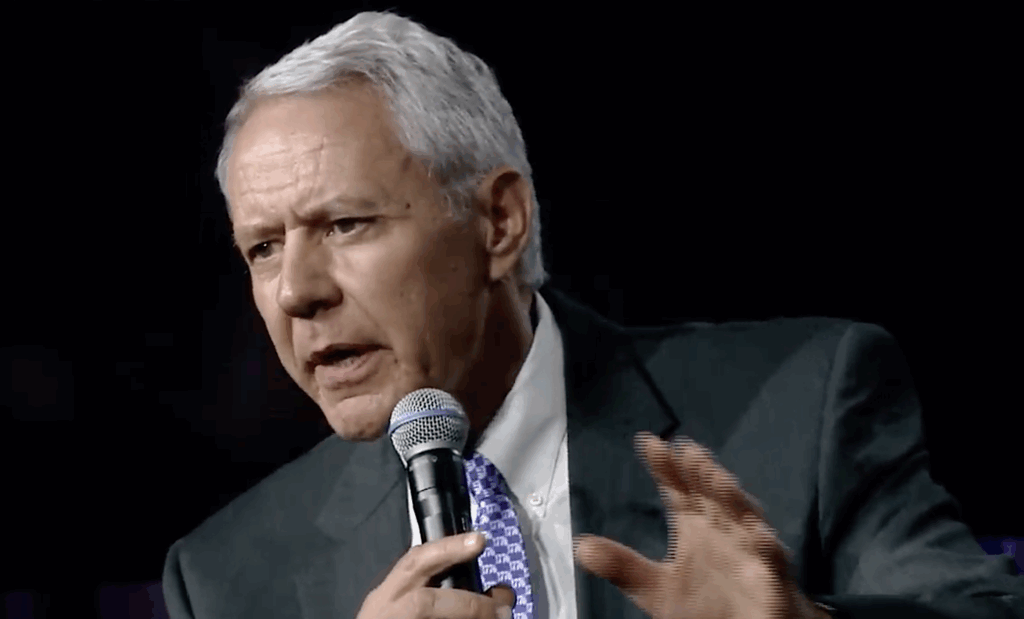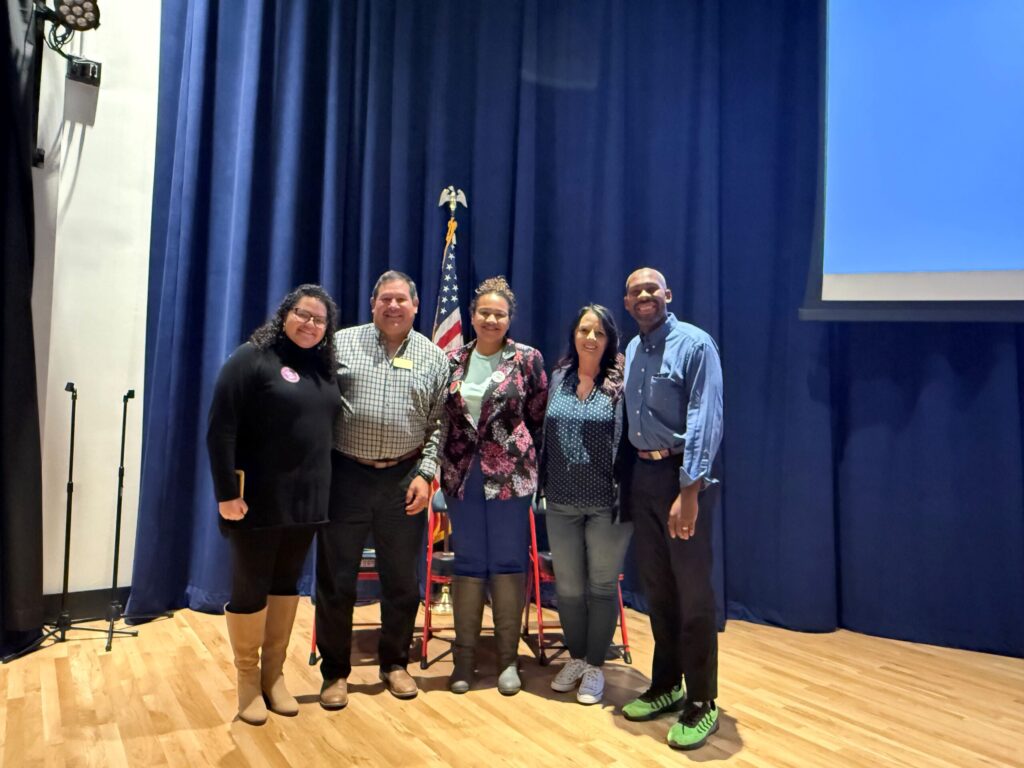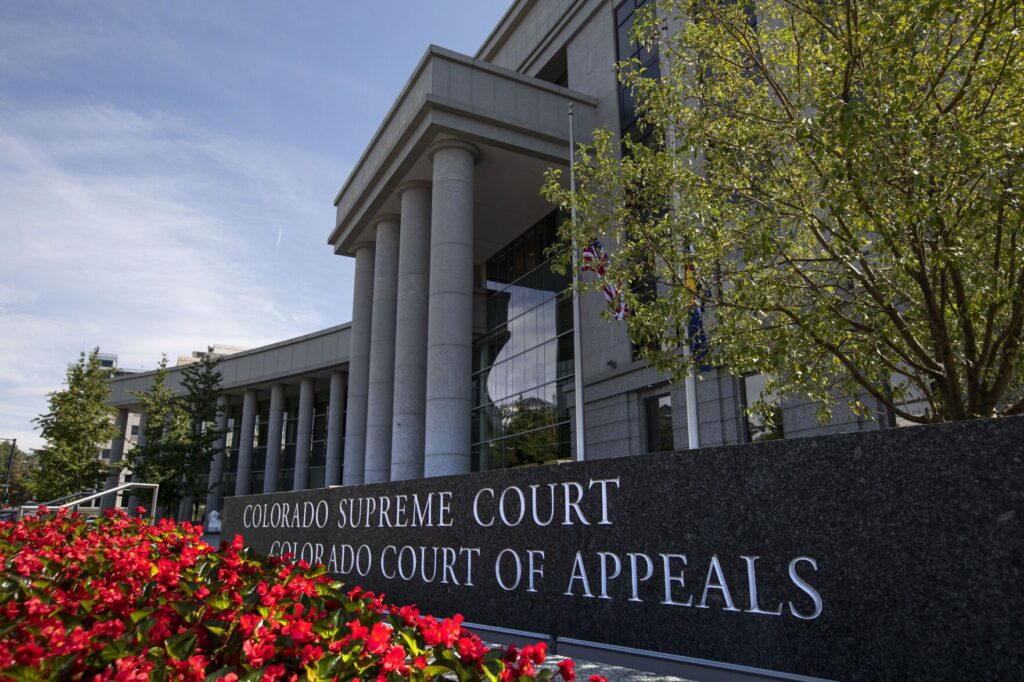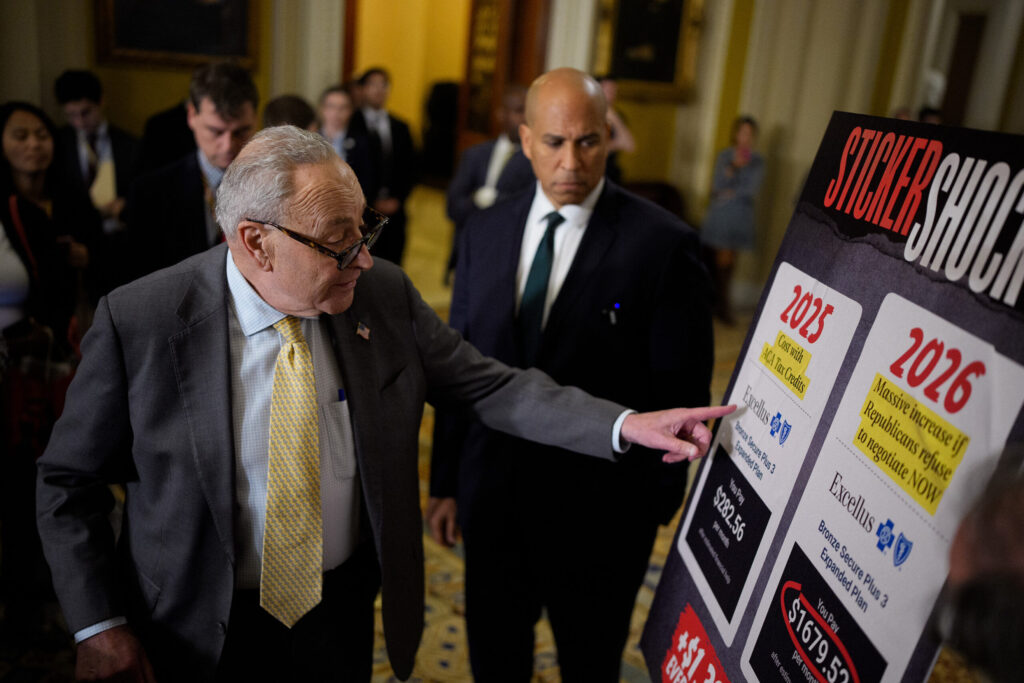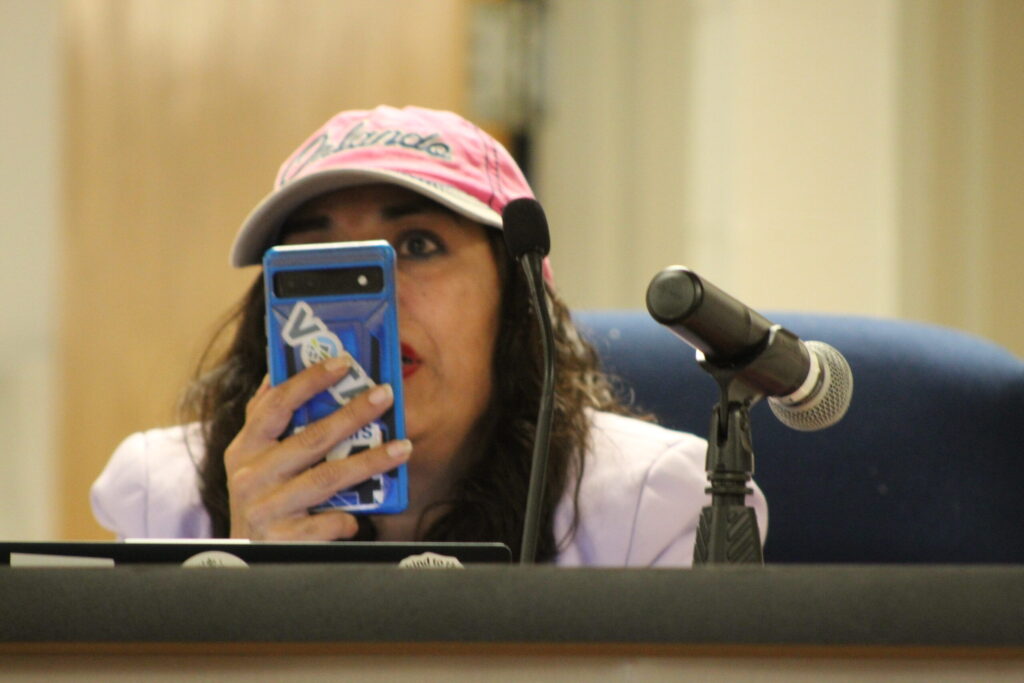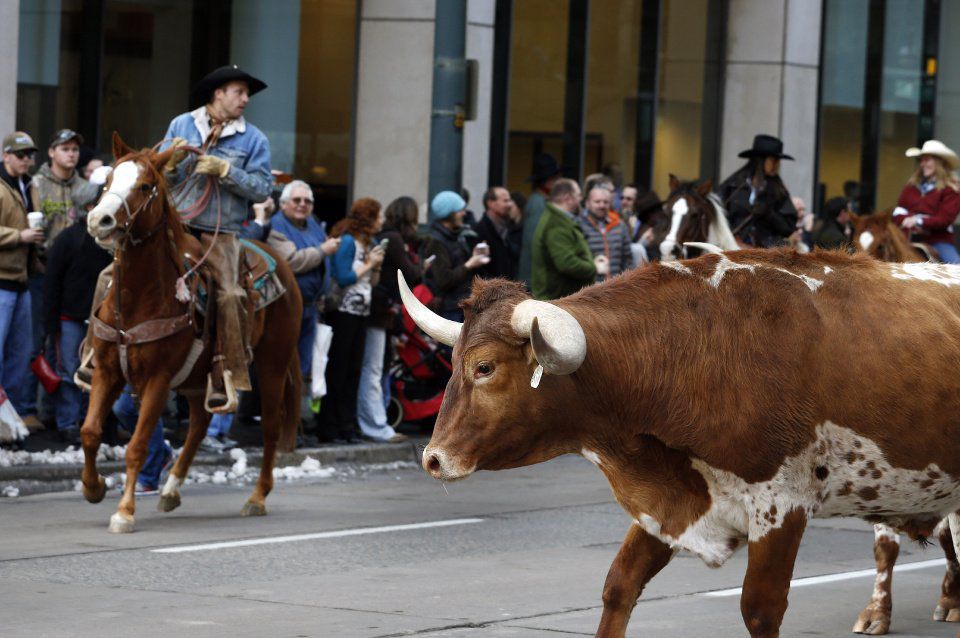On the move
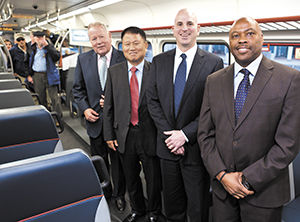
Transit aficionados and elected officials recently got a sneak peek at the commuter rail cars that will serve DIA, the Gold Line across Arvada, a Westminster spur and the North Metro Rail Line through Thornton, eventually reaching 162nd Avenue and I-25. Together with the light rail extension under construction between the Nine Mile station at Parker and I-225, which will serve the University of Colorado Hospital and Anschutz campus connecting to the East rail corridor at Peoria and I-70, Denver’s regional transit system will more than double its current size during 2016 and 2017.
Ridership is expected to triple or quadruple since transit systems become increasingly attractive to travelers the larger they become and the more destinations they make accessible. However disruptive the recent introduction of Uber and Lyft may be for the taxi companies at DIA, it seems likely they will all take a major hit once swift, reliable rail service is available to and from the airport throughout the metropolitan area, according to Mike Dino, RTD’s Washington, D.C. lobbyist with Squire Patton Boggs in Denver.
The passenger cars that were unveiled at Union Station look a lot like the rail cars you may have seen in any 1950s movie — silvered, aluminum bullet carriages. There isn’t a lot of room for innovation in a 150 year-old technology. Commuter rail cars are heavier, sturdier, larger and capable of greater speed than light rail vehicles. With seating for five across and ample storage areas for baggage and bicycle racks, passengers can easily travel with all their bags and toys.
Hyundai was selected to build the cars in August of 2010, early on. They exhibited a mock-up at Union Station in August of 2011 for public comment. Based on that feedback, the final design was completed. The cars are priced at $4 million dollars each and will be arriving at a rate of four per month for the next year.
While the vehicle frames are built in Korea, the interior finishes and exterior paint jobs are completed at a plant in Philadelphia where Hyundai prepares rail cars for four different transit agencies. 62 more are on order to join the four on display.
At a recent Denver Metro Chamber of Commerce transportation luncheon, President Kelly Brough revealed that one in six downtown workers is now commuting by bike in good weather. This percentage seems likely to grow. Because there are no longer any American manufacturers of rail passenger cars, RTD selected Hyundai Rotem of Korea to build their customized vehicles. Vice Chair and CEO Kuy-Hwan Han was on hand for the ribbon cutting and ebullient about his company’s relationship with RTD. “We at Hyundai enjoyed this opportunity to partner with RTD and Denver Transit Partners. We’ve built these vehicles customized to meet the unique transit needs here in Denver,” he said.
It was General Manager Phil Washington who fired up the crowd with his exclamation that, “This is a big deal,” then corrected himself to say, “This is really a big, big deal.” Washington remembered the launch of RTD’s Fastrack projects in February of 2010 at the same spot behind Union Station. He acknowledged there were a lot of doubts then the system would be completed on time and on budget. Pointing to the construction cranes surrounding Union Station Washington said, “We knew this was possible. We knew we would succeed and we have.”
Test runs will begin next summer and service will commence early in 2017. RTD expects its built out system to serve as an economic generator for the region through the remainder of the 21st century. Experience across the country demonstrates that within 5-10 years following completion Transportation Oriented Development (TOD) begins to pick up speed around transit stations. After the opening of the Washington, D.C. subway, during the late 1980s and early 1990s, 90 percent of commercial construction permits were pulled for sites within a half-mile of Metro stations. Similar intensity is now evident along both the Santa Fe and I-25 light rail lines. Despite transit’s halting start, both at the ballot box and with the RTD Board itself, Colorado is committed to an urbanized Front Range.
The expansion of Google’s offices in Boulder announced this week was linked in part to their proximity to the Express Bus lanes under construction as a part of Fastracks along the U. S. 36 corridor.
Although taxpayers may wish to catch their breath, it seems likely that both Front Range and I-70 Mountain corridor transit service can only be just over the horizon. Fastracks can feed passengers into these systems. Ease of movement for employees, goods and services has proven a magnet for corporate relocations across the country. Denver is the only metropolitan center in the Rocky Mountain West that has made the public investments required and offers an envied quality of life.
Colorado Politics Must-Reads:





